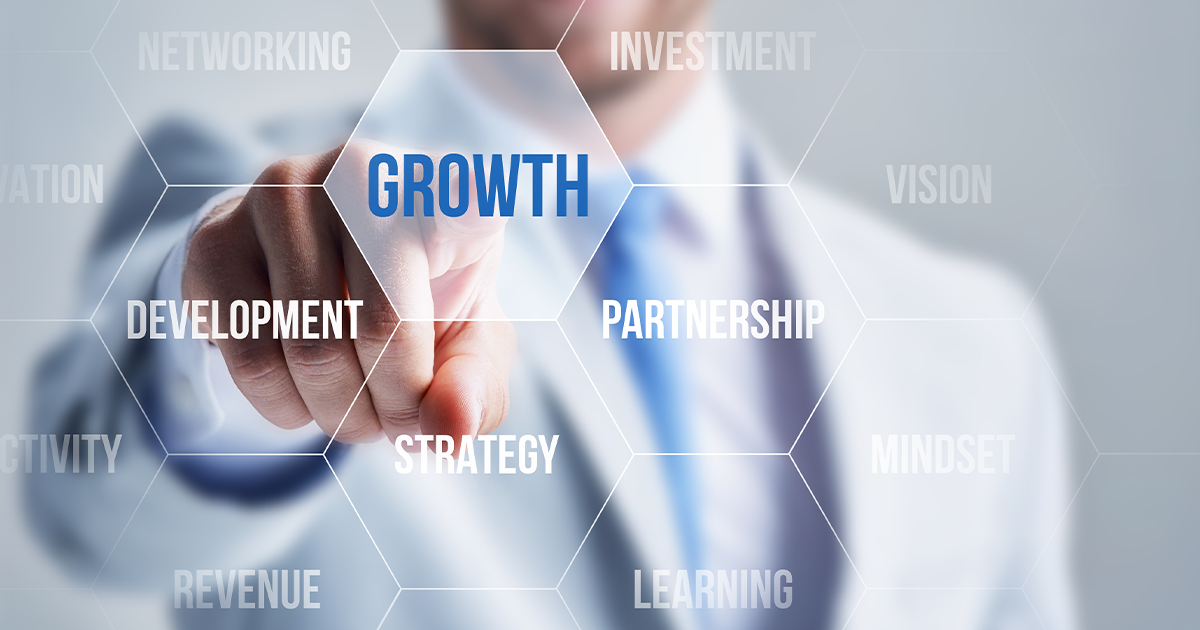When you're part of a larger organization, getting new office equipment usually starts with putting out a Request for Proposal—or RFP—to local Managed Print Services (MPS) providers.
In fact, if you're in the public sector, you might already know that some government agencies are legally required to publish an RFP and can only award contracts to vendors who submit their proposals before the deadline.
An MPS RFP (sometimes called a Request for Quote or RFQ) is essentially a detailed document that spells out exactly what you're looking for in terms of products and services. The goal is to invite multiple vendors to bid so you can compare your options.
This competitive approach can be really helpful—it gives you a chance to line up proposals side-by-side and see who offers the best value. But it’s not always that straightforward. Sometimes the responses you get are vague or overly similar, making it tough to tell which one actually meets your needs best.
That’s why it’s so important to be specific in your RFP. The clearer you are about what you need, the easier it is to make an apples-to-apples comparison between vendors.
To help with that, we’ve put together a list of five key things you should ask for in your MPS RFP. These tips are designed to help you cut through the noise and zero in on the proposal that truly fits your organization’s needs.
- How Equipment Recommendations Will Be Made
- Goods & Services Cost Breakdowns
- Document Security & Compliance Procedures
- Options to Lease or Buy Your Printing Equipment
- Just-in-Time Printer Toner Cartridges
ARTICLE: How to Manage a Print Fleet Across Multiple Locations
1. How Equipment Recommendations Will Be Made
Including a list of your current printers and copiers in the RFP is a solid first step—but it’s really just the beginning. To get a full picture of what your organization actually needs, it’s often worth going a bit deeper.
That’s where a print needs assessment comes in. This usually involves a walkthrough of your facilities and a few quick conversations with key team members. The goal is to understand how your staff actually uses the equipment day-to-day—what’s working, what’s not, and where there might be room for improvement.
The insights from this assessment help MPS providers recommend the right mix of equipment, features, and services tailored to your environment. Without it, there’s a real risk you’ll end up with a solution that looks good on paper but doesn’t really support your team or your goals.
So, when you're reviewing vendor proposals, it’s a good idea to ask: How will you determine the right MPS solution for us? And when they answer, look for specifics, such as how they will:
- Map the locations where all office equipment is located
- Determine the volume & type of work generated by the business
- Detect the current software used
- Evaluate the labor, maintenance, supplies & costs of all in-house printing operations
- Adhere to compliance requirements
- Gather data on how staff uses the equipment and what the business’ goals are
For large organizations, it’s common to reduce printer fleet size (and overall cost) based on a detailed assessment. In fact, many organizations discover that if they change from a simple equipment replacement strategy to a Managed Print strategy, they can reduce the total cost of print from 10 to 30%.
RFP TIP: Ask the vendor how often they’ll meet with you to discuss updates, assessments and plans for ongoing improvements to your fleet. Also, ask what software they use for monitoring and reporting. The software should track usage and deliver detailed reports that let you maximize the use of your printing devices.
2. Goods & Services Cost Breakdowns
Cost isn’t the sole determining factor when choosing an MPS provider. How those print costs are broken down and how you’re charged for goods and services is also important.
For example, cost per impression (CPI) models, sometimes referred to as cost per click (CPC) or cost per page (CPP), have users pay a set price for a base number of printed pages. As part of this model, the print provider might also include:
- Delivery & installation of equipment
- Proactive maintenance & repairs as needed
- Supply management
- Employee training on how to use the equipment
Printers, copiers and related devices can be managed remotely to ensure they are working properly and serviced in a timely manner. A CPI model can deliver cost savings depending on the volume of prints your organization produces.
RFP TIP: Before putting your printer RFP out for bid, consider the volume of printing and copying your staff does in any given year. Ask prospective bidders to offer multiple contracts based on different pricing models to see which makes the most sense based on your actual usage. Also determine the breadth of service provided and what your all-in costs are, including service, repairs and supplies. And remember to ask about cloud printing to ensure your remote workers have easy access to print devices.
3. Document Security & Compliance Procedures
Document security is especially important in fields such as healthcare, where strict HIPAA privacy laws restrict the dissemination of patient information. A good Managed Print system offers software that optimizes business processes and keeps important documents secure, protecting them from hackers and internal threats. This includes running detailed usage reports based on swipe-to-print technology. A provider should also be able to wipe documents from a printer’s memory when necessary.
Ask bidders how they will provide software updates and security services. Also include language that ensures the bidders will remove hard drives from old printers and multifunction devices and destroy information that might be left on them. A vendor should also be able to provide a certificate of destruction, certifying that any information stored on your printers was wiped and/or destroyed.
RFP TIP: Ask your vendor what it costs to implement security and swipe-to-release features that make your fleet more efficient and secure. Adding an Output Management solution might cost more at startup, but will significantly reduce waste and ensure confidential information cannot be taken off a printer without authorization.
4. Options to Lease or Buy Your Printing Equipment
Consider whether it is in your organization’s best interest to lease or own equipment. Many large businesses own their printers, but soon realize they have no flexibility to upgrade it until the device is fully paid for. They might also end up spending thousands of dollars in repairs over time.
A lease agreement makes it possible to quickly renegotiate your contract or adapt to new technology. Lease terms typically span between three and five years. This finite time period typically leads to upgrading your print fleet equipment at the end of your contract term.
RFP TIP: Consider how much upfront capital you’re willing to spend. Leasing office equipment provides flexibility and also offers a fixed monthly or quarterly price. Also, be sure to specify whether you want the option to purchase the equipment when the lease term is up. And ask whether the MPS contract billing can be broken down by individual departments or users.
5. Just-in-Time Printer Toner Cartridges
Keeping track of printers and supplies can take a lot of people power. An MPS provider can monitor toner levels and handle purchasing and replacing them when the time is appropriate.
Consider how much toner and supplies cost your business and whether to work with an MPS provider that delivers supplies based on your needs. A just-in-time toner service ensures you don’t run out and helps to eliminate supply storage space in your office.
RFP TIP: Inquire whether an MPS provider offers remote monitoring software to report on the real-time status of your networked devices and whether email alerts can be set up for toner status and device errors.
Lastly, it’s important to look at your RFP as the foundation of a long-term relationship with your Managed Print provider who will align their equipment and services with your strategic goals.
Whether going through an RFP process or simply considering a print fleet refresh, contact us to request a complimentary business technology needs assessment. We’re here to help.










